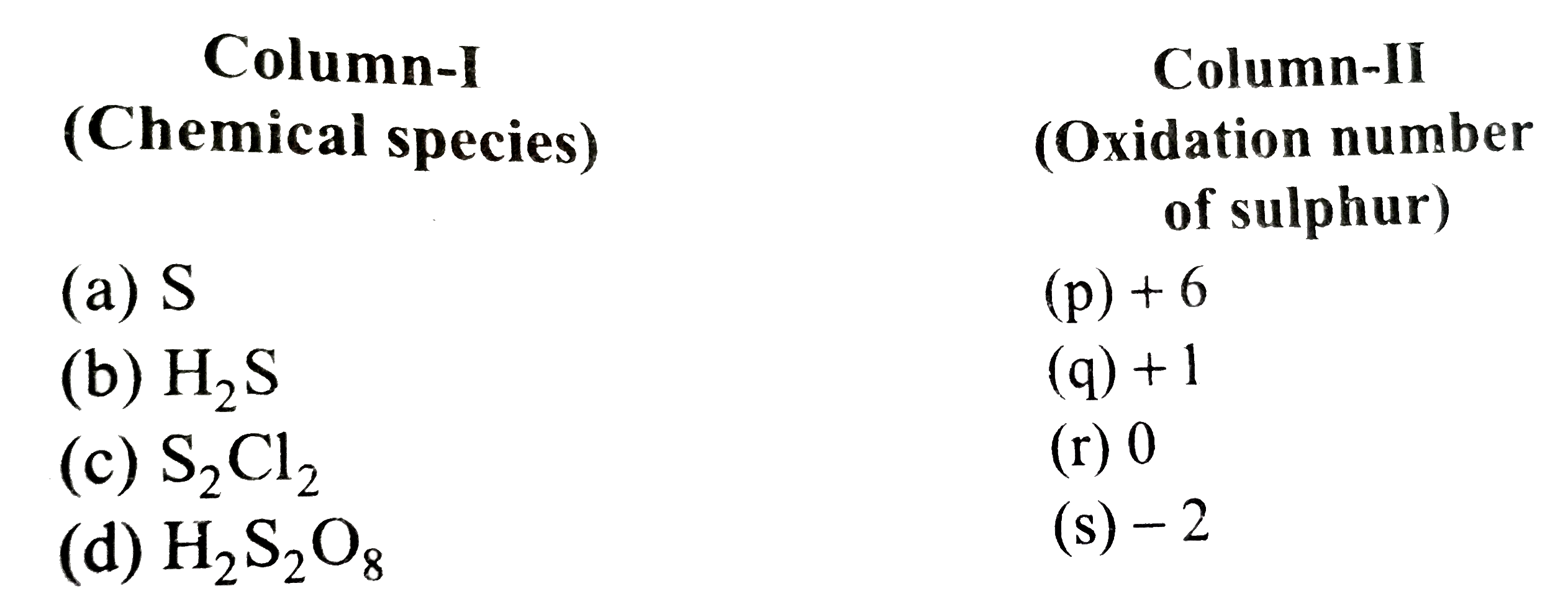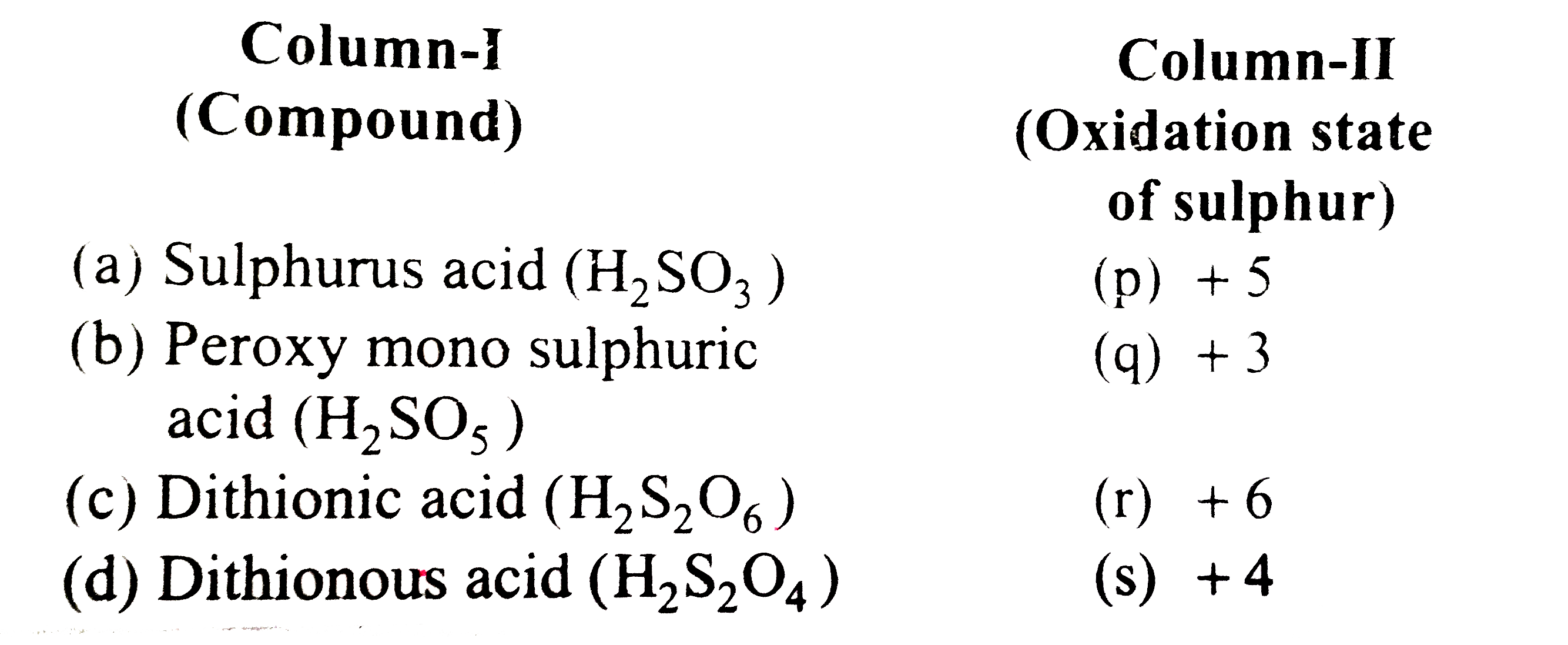Complete Solutions to Self assignment of chapter OXIDATION AND REDUCTION (REDOX REACTIONS) of Class 11 book with complete answers and questions
| Class 11 | CHEMISTRY |
| Chapter | OXIDATION AND REDUCTION (REDOX REACTIONS) |
| OP TANDON | Self assignment |
| Number Of Questions | 22 |
| Academic Year | 2023-24 |
In this reaction: `S_(2)O_(8)^(2-)+2I^(-) to 2SO_(4)^(2-)+I_(2)`
01:17View SolutionThe oxidation state of chromium in chromoium trioxide is:
01:00View SolutionFor the reaction between `KMnO_(4) and H_(2)O_(2)`. The number of electrons transferred per mole of `H_(2)O_(2)` is:
01:37View SolutionIn the ions equatio, `BrO_(3)^(-) + 6H^(+) + xe^(-) rarr Br^(3+) + 3H_(2)O`, the value of x is
02:19View SolutionIn `[Cr(O_(2))(NH_(3))_(4)H_(2)O]Cl_(2)` oxidation number of Cr is +3 then oxygen will be the form:
01:48View SolutionIn the reaction, `CrO_(5)+SnCl_(2) to CrO_(4)^(2-) +SnCl_(4)`,the element undergoing oxidation and reduction respectively, are:
02:26View SolutionEquivalent mass of `KMnO_(4)` in acidic basic and netural are in the ratio, of:
01:28View SolutionA compound of Xe and F is found to have 53.5% Xe. What is the oxidation number of Xe in this comound?
01:17View SolutionPeroxide ions are present in
02:35View SolutionThe metals undergoing disproportion are:
01:42View SolutionThe non-metals undergoing disportionation are:
01:47View SolutionWhich of the following can act as oxidising as well as reducing agent?
01:55View SolutionThe compound that can work both as an oxidising as well as reducing agent is :
02:42View SolutionThe species that contain peroxide ions are:
01:14View SolutionStatement-1:Spector ions are the species that are present in the solution but do not part in the reaction
Because ltbr Statement-2: The phenomena of formation of `H_(2)O_(2)` by the oxidation of `H_(2)O` is known as auto-oxdationView SolutionStatement-1: Spectator ions are the species that are presetnt in the solution but do not take part in the reaction.
Because
Statement-2: The phenomena of formation of `H_(2)O_(2)` by the oxidation of `H_(2)O` is known as auto-oxidation.
Hint: `Zn+2H^(+)+2Cl^(-) to Zn^(2+)+2Cl^(-)+2Cl^(-)+H_(2)`. Here `Cl^(-)` ion is spectator ion.03:00View SolutionStatement-1: Oxidation number of carbon in HCN is +2.
Because
Statement-2: Carbon always shows an oxidation state of +4.01:04View SolutionStatement-I: Bromide ion nets as a reducing agent in the reaction,
`2MnO_(4)^(-)+Br^(-)+H_(2)O to 2MnO_(2)+BrO_(3)^(-)+2OH^(-)`
Because
Statment-2: Oxidation number of bromine increases from -1 to+ 5.01:40View SolutionStatement-1: Oxidation number of carbon in HCHO is zero.
Because
Statement-2: HCHO is a covalent organic compound.01:48View SolutionMatche the Column-I with Column-II
 01:37View Solution
01:37View SolutionMatche the Column-I with Column-II
 02:54View Solution
02:54View SolutionMatche the Column-I with Column-II
 04:05View Solution
04:05View Solution
Self assignment questions and complete solutions for chapter OXIDATION AND REDUCTION (REDOX REACTIONS) of G.R. BATHLA & SONS CHEMISTRY (HINGLISH) of Class 11
